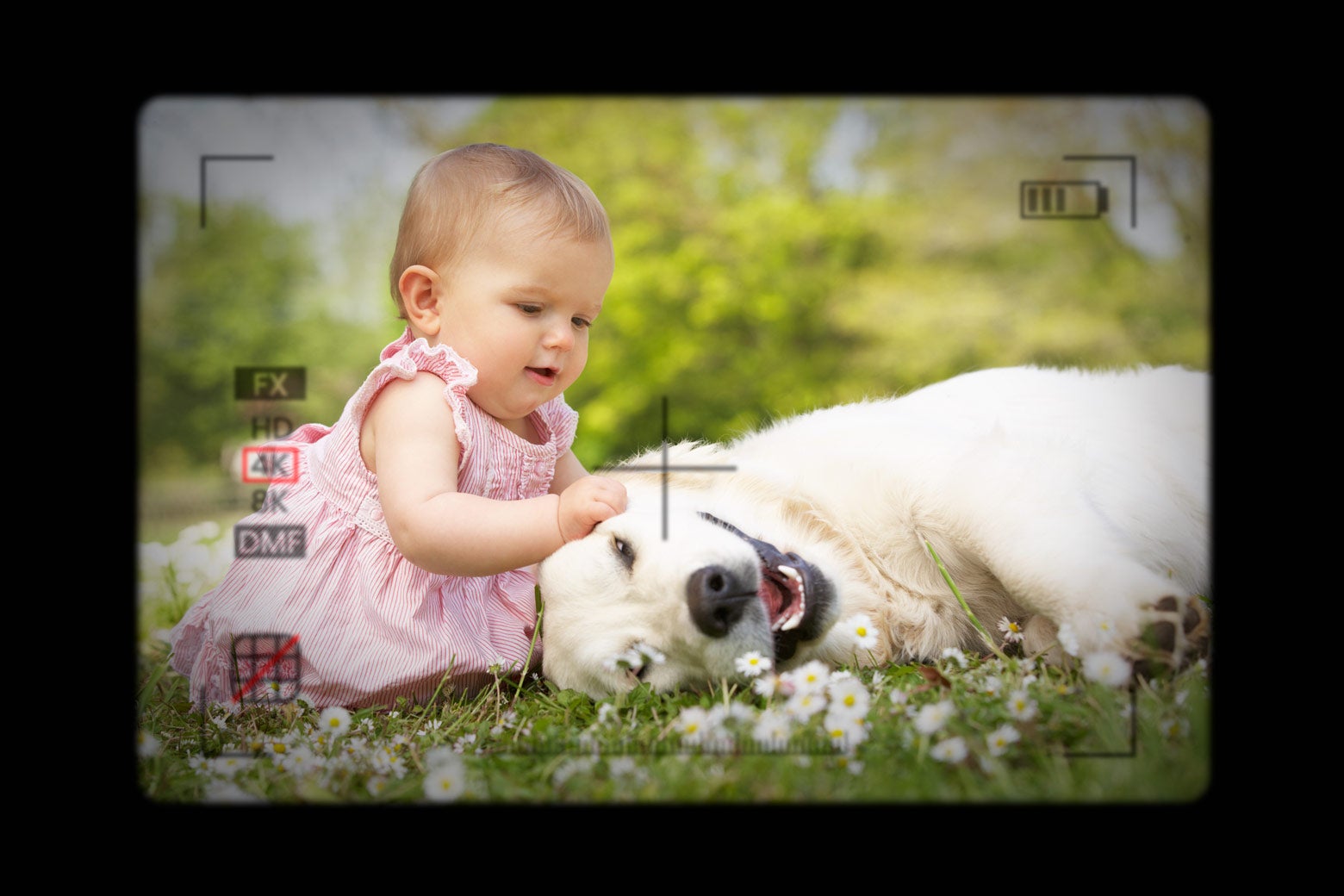Every day, Holly Blakney sees worrisome interactions between dogs and young children posted on social media. “I just go through them shaking my head and going, ‘Wow, that’s an accident waiting to happen,’ ” says Blakney, a dog trainer in Florida.
Some of the most troubling content shows children sitting, hugging, lying on, or even bouncing on the backs of dogs. Kids disturbing dogs while they are resting or invading their beds and crates can also be problematic. While the majority of commenters online coo about how cute the interaction is, Blakney and other dog behavior experts are raising the alarm on their pages, hoping to stave off the potentially dangerous outcomes that can occur when a dog, often after many gentler signs of stress have been ignored, snaps at a kid. “I’ve never seen a dog love getting stepped on, I’ve never seen a dog love getting climbed on, I’ve never seen a dog love being treated like a horse,” Blakney says.
These trainers are concerned because even the most friendly and tolerant dogs can, especially when very scared or stressed, bite. Bites to children are more frequent than most people think, says Blakney. In the United States, more than 4.5 million people are bitten by dogs per year. According to hospital data, most bite cases involve a family dog, and children are more likely than adults to need medical attention. Children under 5, perhaps because they are small and tend to crawl and play on the floor, are most likely out of all age groups to sustain bites to the head and neck.
While parents don’t knowingly put their kids at risk, behavior experts say that people tend to be unaware of the quiet ways dogs express that they need space. Dog bites don’t come out of nowhere, says Namita DigheShetty, a dog trainer and behavior consultant based in Vancouver. “The most important thing to understand is dogs have a multitude of communication methods that are nonverbal and are extremely quick and silent,” she says. “Before they escalate to showing their teeth or growling or even air-snapping at someone, they’ve already communicated in many ways that they do not like what’s happening.”
DigheShetty says she frequently sees dog–child content where the canine is silently signaling that it would like space. Often, the dogs are very still, which suggests they are waiting for the interaction to be over. Other signs of discomfort in dogs include lip licking, head turning, and avoiding eye contact, says Blakney.
Some behaviors are also misinterpreted, such as licking and tail wagging, adds DigheShetty. A dog licking a kid is often a polite way of saying it wants the child to go away, what some behavior experts call “a kiss to dismiss.” And tail wags are not always happy expressions—especially when accompanied by overall stiff posture. “If we see that they’re giving off little stress signals, we need to give them space; they need to be away from that baby,” says Blakney.
Those little signals can become louder communication if ignored. Some dogs will escalate to growling, which is dog talk for “leave me alone.” However, often the dog will be swiftly punished for growling. “It’s not bad that the dog is growling, growling is a warning,” says Blakney. When the pet is reprimanded for growling, it may stop vocalizing, but the punishment doesn’t change how it feels about the situation. “So, all of a sudden, the baby walks over or the baby crawls over and the dog bites them,” says Blakney. “If you teach a dog not to warn, it can come without a warning.”
Since biting is typically a last-resort behavior when a dog feels unable to escape, allowing dogs to be able to leave a situation is a big step to avoiding risks. Dogs and young children in households should have separate areas, created through using barriers like baby gates, says DigheShetty.
It also helps to proactively assess body language. A happy and consenting dog will choose to approach and show loose body posture and soft, relaxed eyes and mouth. But if the pet seems worried, parents should intervene to help it get the space it needs to feel comfortable. Forcing close interaction for a photo isn’t worth it. “If you love your kid’s face, give the dog space,” says Blakney.
While trainers say the goal is to create an environment where young children and dogs are coexisting rather than in close contact, there are still some safe and fun options for interacting. One example is training dogs to do tricks that don’t involve physical contact, says DigheShetty, such as spinning in a circle, taking a bow, or waving a paw. Not only can having a child cue tricks for the family dog impress friends online, it also helps the canine form a positive association with the kid—a foundation for a safe home for two- and four-legged household members alike.
